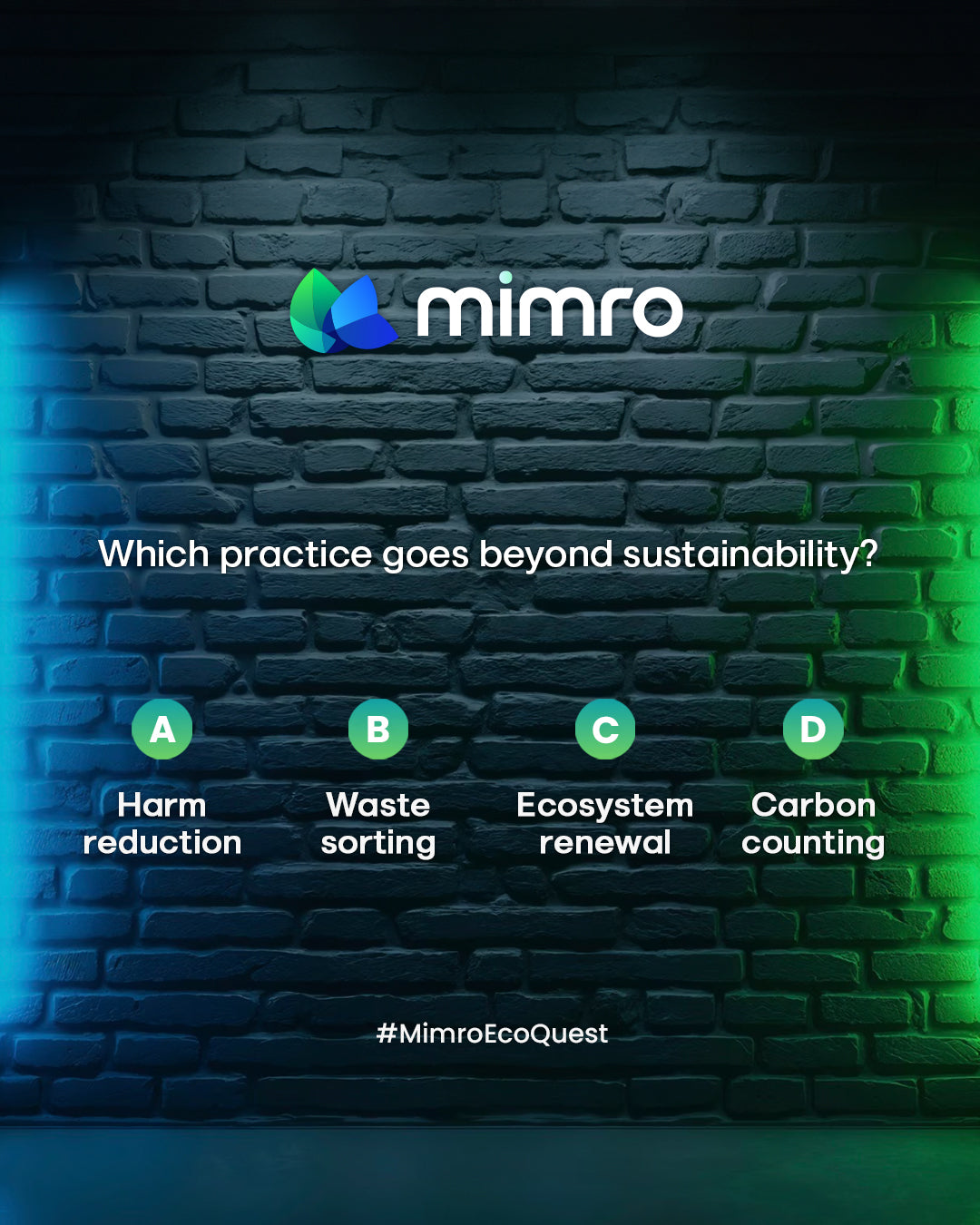New Arrivals
✨New arrivals alert: Sustainable style meets everyday awesome!
This store requires javascript to be enabled for some features to work correctly.
✨New arrivals alert: Sustainable style meets everyday awesome!
Play Eco Quest and see how small, fun choices can make a big impact on Earth!
🌍 Sustainability just got a serious upgrade with this week's eco champion!
🌿Say hello to our newest earth loving arrivals. You're gonna love these!
Play Eco Quest and see how small, fun choices can make a big impact on Earth!
💚One pick, endless impact. Meet the eco find that's rewriting the rules!
Play Eco Quest and see how small, fun choices can make a big impact on Earth!
🌍 Your new favorite eco find is here, and it's making sustainability look effortless!
Play Eco Quest and see how small, fun choices can make a big impact on Earth!
♻️This week's green hero proves planet friendly choices can be seriously stylish!

Play Eco Quest and see how small, fun choices can make a big impact on Earth!
✨The eco product you didn't know you needed but won't want to live without!

Published on July 3rd, 2025 | 4 min read
We often hear that living more sustainably means driving less or switching to renewable energy but what if we told you that reducing waste is also a powerful climate tool?
At Mimro, we know that zero-waste living isn’t just about mason jars and compost bins. It’s about small, repeatable habits that shrink your trash and your carbon footprint. From food scraps to packaging, everything we throw away has an emissions story from production to disposal.
The good news? Every piece of waste you prevent helps cut greenhouse gas emissions.
Here are 5 zero-waste habits you can start today to reduce your impact and live a little lighter on the Earth. 🌍
Single-use plastic packaging is often made from petroleum and takes energy to produce, ship, and dispose of. Bulk shopping cuts out that middle layer and lets you buy exactly what you need, often at a lower price.
🛍 Pro tip: Bring your cloth produce bags or refillable containers to bulk sections and zero-waste shops.
Carbon impact: Reducing plastic packaging lowers the energy demand for extraction, production, and landfill decomposition.
Food waste is a massive emitter, roughly 10% of global greenhouse gases come from food that’s never eaten. When we toss leftovers or spoiled produce, we waste the resources used to grow, ship, and refrigerate it.
🧊 Try: Batch cooking, freezing extras, and keeping a “use me first” bin in your fridge to avoid spoilage.
Carbon impact: Less food waste = fewer methane emissions from landfills and less energy demand in the food system.
Every disposable item plastic wrap, paper towels, and cotton pads, has an emissions cost. Swapping to reusables means fewer replacements, less manufacturing, and lower household waste.
🌿 Mimro picks: Beeswax wraps, compostable dishcloths, bamboo toothbrushes, reusable cotton rounds.
Carbon impact: Reusables cut emissions by reducing resource extraction, packaging, and transport.
It’s not glamorous, but line drying is one of the simplest ways to cut emissions at home. Dryers are energy hogs, and heating water for laundry adds to your footprint.
🌤 Try: Hanging laundry outdoors or using a folding rack inside, and always wash with cold water when possible.
Carbon impact: Lower electricity use = fewer fossil fuels burned = lower household emissions.
Composting transforms food waste into nutrient-rich soil instead of methane-producing landfill gas. You can compost at home, in a garden, or through local programs and drop-offs.
🍌 Compostable items include: Veggie peels, coffee grounds, eggshells, paper napkins, and more.
Carbon impact: Composting avoids methane, a greenhouse gas 25x more potent than CO₂.
Each of these habits may seem small, but together, they build a low-waste lifestyle that significantly reduces your emissions over time.
When you choose reusables, compost your scraps, and cut unnecessary waste, you're not just tidying your home; you're helping stabilize the climate.
Ready to build your zero-waste routine?
Mimro offers simple, planet-first essentials to help you start (or level up) your journey. Explore our collection of reusable, compostable, and refillable items on our site.
Waste less. Live more. Let’s cut carbon, one habit at a time. 💚
Published on July 3rd, 2025 | 4 min read We often hear that living more sustainably means driving less or...
Published on July 2nd, 2025 | 4 min read When it comes to climate change, it’s easy to feel like...
Published on 26th June | 5 min read Imagine this: one bottle, used over and over, eliminating the need for...
Published on July 3rd, 2025 | 4 min read We often hear that living more sustainably means driving less or...
Published on July 2nd, 2025 | 4 min read When it comes to climate change, it’s easy to feel like...
Published on 26th June | 5 min read Imagine this: one bottle, used over and over, eliminating the need for...



